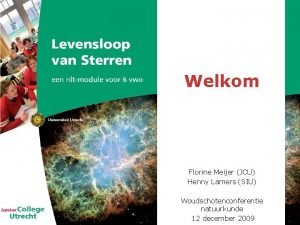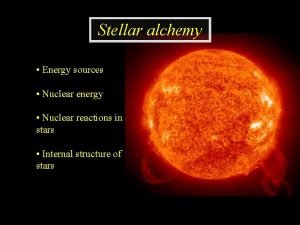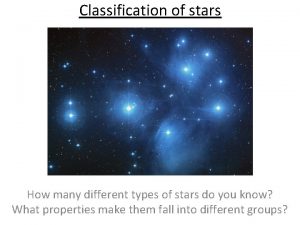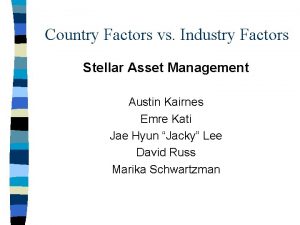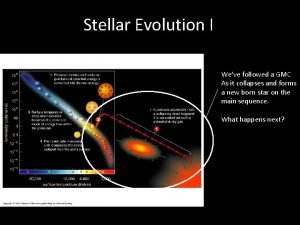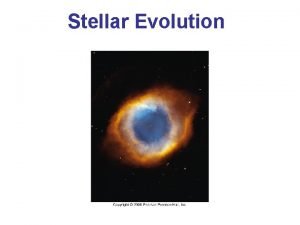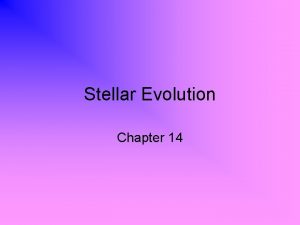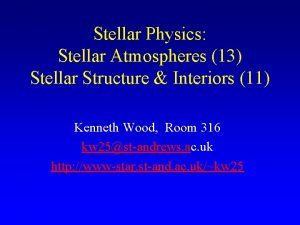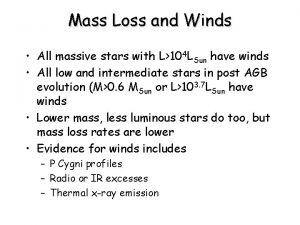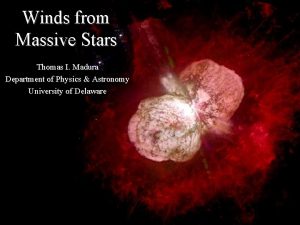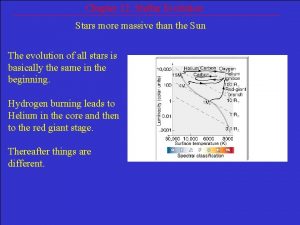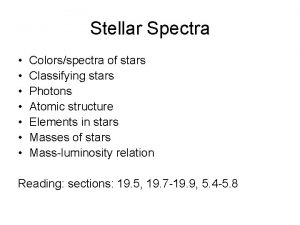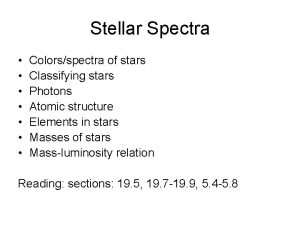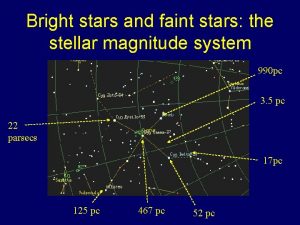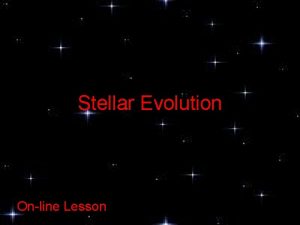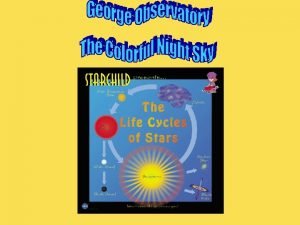Stellar Winds of Massive Stars Lamers Cassinelli 1999

![[Steven Cranmer, Cf. A] 2 [Steven Cranmer, Cf. A] 2](https://slidetodoc.com/presentation_image_h/379a087723244bb624b918e9998c8ec2/image-2.jpg)



















- Slides: 21

Stellar Winds of Massive Stars Lamers & Cassinelli (1999) P Cygni Lines Emission Lines IR and Radio Excess Emission Theory of Radiation Driven Winds 1
![Steven Cranmer Cf A 2 [Steven Cranmer, Cf. A] 2](https://slidetodoc.com/presentation_image_h/379a087723244bb624b918e9998c8ec2/image-2.jpg)
[Steven Cranmer, Cf. A] 2

Stellar Wind Outflows • Winds found in all luminous stars: Kudritzski https: //www. ifa. hawaii. edu/users/kud/windsfromhotstars/hotwinds. html • Mass loss by radiative winds: momentum of radiation field captured by opaque lines in UV • loss rates: 10 -6 solar masses/yr (⅓ Earth/yr) • terminal velocities: 103 km/sec • velocity law (β≈0. 8): 3

4

P Cygni Lines • formed by scattering in resonance lines • examples in IUE Atlas of O-type Spectra • terminal velocity, β determined but hard to get mass loss rate: need ionization model and unsaturated lines • need detailed structure of filling factor • FUSE: P V 1118, 1128 Angstroms Fullerton et al. 2006, Ap. J, 637, 1025 5

6

7

Emission Lines Hα; Paschen, Brackett lines in near IR He II 1640, 4686 numerous N, C lines in WR stars formed by recombination (density 2) in the base level of wind • strength depends on temperature and: • • 8

IR and Radio Excess Emission • f-f (Bremsstrahlung) emission from outer parts of wind; excess flux at long wavelengths • kν ~ ν -2 higher opacity at longer wavelength • if know T(r), v(r) then can determine mass loss rate from excess • effective size larger at longer wavelength (τ=1) 9

10

CHARA image of wind of P Cyg in H-band Richardson et al. 2013, Ap. J, 769, 118 11

Theory of Radiation-Driven Winds • see handout from Kuditzki, Pauldrach & Puls 1988, O Stars and WR Stars, NASA SP-497 https: //ntrs. nasa. gov/search. jsp? R=19890002286 12

13

14

15

16

17

2 18

Radiation-Driven Winds from Hot-Stars • For hot, luminous stars the driving is generally thought to stem from radiation pressure acting through line scattering. • The Doppler shift of the line-profile within the expanding wind effectively “sweeps out” the star’s continuum momentum flux. • This makes the driving force a function of the wind velocity and acceleration, leading to strong instabilities that likely make such winds highly turbulent. Velocity Density

Rotational Modulation of Winds Monitoring campaigns of P-Cygni lines formed in hot-star winds also often show modulation at periods comparable to the stellar rotation period. HD 64760 Monitored during IUE “Mega” Campaign These may stem from large-scale surface structure that induces spiral wind variation analogous to solar Corotating Interaction Regions. Radiation hydrodynamics simulation of CIRs in a hot-star wind

To really know a star. . . get a spectrum • “If a picture is worth a thousand words, then a spectrum is worth a thousand pictures. ” (Prof. Ed Jenkins, Princeton University) 21
 Talmanet simulador
Talmanet simulador Siata talma
Siata talma Medium mass stars
Medium mass stars Global wind belts
Global wind belts How do local winds and global winds differ
How do local winds and global winds differ What is the difference between global and local winds?
What is the difference between global and local winds? Local and global winds
Local and global winds Narrow belts of high speed winds
Narrow belts of high speed winds Jessica lamers
Jessica lamers Liedewij lamers
Liedewij lamers Henny lamers
Henny lamers Mary daniels is a student in england
Mary daniels is a student in england Star life cycle 1-10
Star life cycle 1-10 Stellar alchemy
Stellar alchemy What is stellar parallax?
What is stellar parallax? Stellar motion matlab
Stellar motion matlab Stellar asset management
Stellar asset management Stellar evolution
Stellar evolution Iptv hosting
Iptv hosting Atmospheric heaven
Atmospheric heaven Stellar evolution
Stellar evolution Virgo stellar stream
Virgo stellar stream










